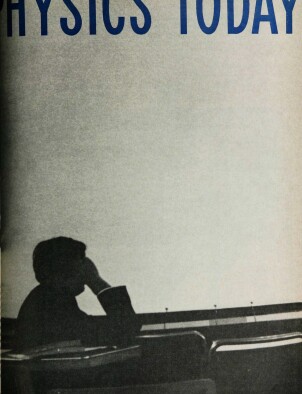Laboratory astrophysics
DOI: 10.1063/1.3057856
The development of American astronomy over the last quarter century has been chiefly characterized by the construction of larger and larger telescopes. The size and diversity of those covering the visible spectrum have increased steadily over the period. The radio spectrum has been studied since the war, with telescopes now approaching the size of a football field. Most recently, designs for “space” telescopes, extending the spectral coverage to the far‐ultraviolet and x‐ray regions, fill the imaginations of virtually all astronomy and “space” departments. The accompanying conceptual investigations have been mainly attempts to understand the evolutionary development of stars and stellar systems—on the one hand, by surveying greater volumes of space in more minute detail, and, on the other hand, by close collaboration with nuclear physics to study the interrelation between possible nuclear‐energy sources and stellar structure, along the various evolutionary tracks.
This article is only available in PDF format
More about the Authors
Michael Nauenberg. Joint Institute for Laboratory Astrophysics, University of Colorado, Boulder.
Richard N. Thomas. Joint Institute for Laboratory Astrophysics, University of Colorado, Boulder.




